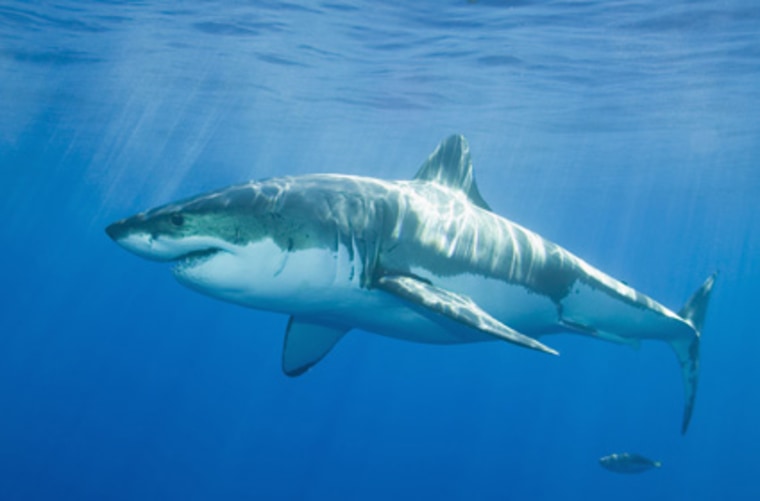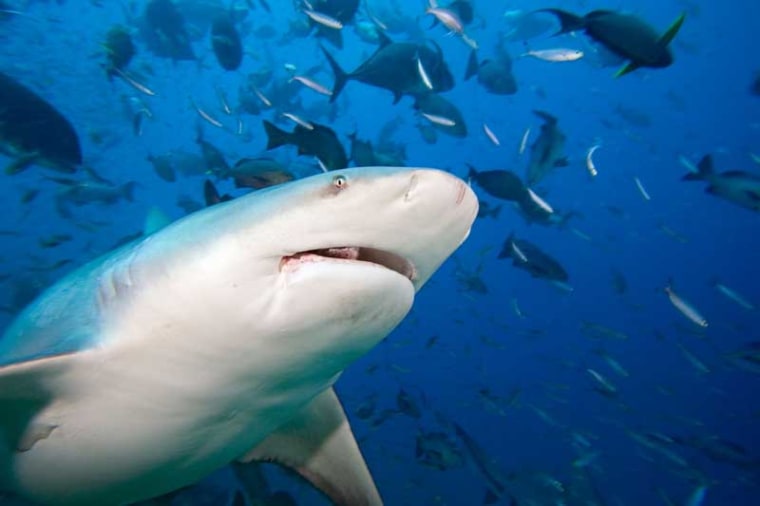Are your dreams haunted by big, slippery sharks with dead-black eyes? When you see a body of water, do you instantly imagine razor-toothed monsters lurking below the surface, ready to take a delectable bite out of your arm or leg? If you get up the nerve to go in the water, do you wait—heart pounding in your throat—for that ominous dorsal fin to break the surface, signaling the arrival of your mortal enemy?
If so, you should probably re-evaluate your fears. On your average day at the beach, you have a much better chance of being killed by lightning, sun exposure, a falling coconut or a collapsing sand hole dug in the beach by an ambitious 10-year-old (not to mention the most common causes of death at the beach: old fashioned drowning or car crashes somewhere between your front door and the parking lot).
It is undeniable that we are out of our element and all the more helpless in water. That is a huge part of our fear of sharks. It is also the fault of "Jaws" and numerous cable television shows with unnerving soundtracks and graphic re-staged attack footage featuring gallons of fake blood in the water. The shark clearly has a PR problem.
But humans also recognize the shark as one of the planet’s most evolved predators: a nearly flawless stalking and killing machine. Fortunately for us, it is only when one of its flaws occur that a shark opts to bite a bony and nutrition-poor human. As Tasmania-based surfer Gerhard Mausz says, “We’re not on top of the menu when it comes to the shark diet, and when surfers or swimmers get attacked it is almost always an accident.”
“Of the more than 400 shark species in the world,” states the Florida Museum of Natural History-based International Shark Attack File, “only about 30 types are known to have attacked humans.” And only three have a reputation for the highest number of “unprovoked” attacks: great whites, tiger sharks, and bull sharks.
Regardless, all sharks are to be treated with caution and lethal attacks do occur. The beaches that have a relatively high incidence of shark attacks are darkly compelling attractions that excite and repulse our deepest emotions. Sources differ as to which of the three regions—Northern California, Australia or South Africa—holds the record for the highest number of attacks. New Smyrna Beach in Florida claims that largest number of attacks at a single beach.

This list takes us thorough Northern California to South Africa’s eastern coastline—from Cape Town and on to Durban. Our quest also takes us to the popular east coast beaches of Australia, the reefs off the coast of Northeastern Brazil and a few other surprise destinations.
Read the list and learn about the world’s most shark-infested beaches. But remember to not get too scared, because stress can lead to heart problems, and that has a 750,000 times better chance of getting you than a shark.
